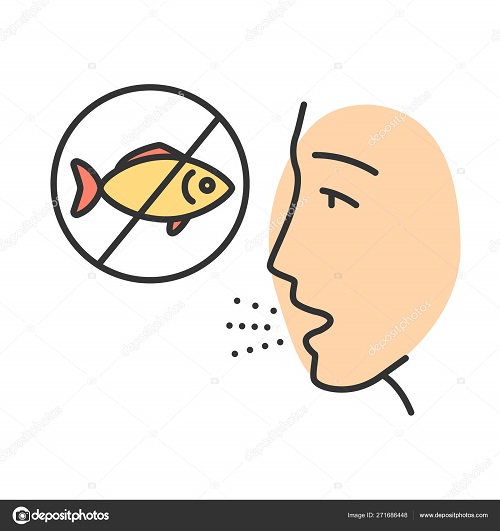
ARE YOU WORRIED ABOUT YOUR ALLERGIES?

HERE IS WHAT WE HAVE TO TELL YOU
Seafood is a major source of proteins and various important nutrients for humans. The consumption of seafood varies widely in different regions of the world depending on the availability, cost, and the local eating habits. With the improvement of international transport and trade, seafood products are now widely available even in regions where seafood may not be important in the local or traditional diet. Therefore, exposure to seafood products resulting in allergies is becoming a major health problem across the world. Epidemiology studies suggest that food allergies are common, affecting 1–5 % of the world population.1,2 However, similar to other type of food allergies, many patients may believe that they have allergies to seafood but, in many of these subjects, the diagnosis cannot be confirmed by objective testing.1 Fish, shellfish, and other seafood are some of the most common offending foods resulting in different manifestations of food allergies.
The severity of these allergic reactions varies from a minor itch of the skin or the mouth and lips to severe attacks of asthma or life-threatening anaphylactic reactions. Although most allergic reactions are related to ingestions of seafood products, some patients can develop symptoms even after exposure by contact to the skin or inhalation of aerosol containing minute quantity of the seafood allergens. Not all reactions to seafood are immune-mediated. Non-immunological adverse reaction can also occur due to contaminants of seafood including bacteria, toxins, parasites, and biogenic amines.3
Occupational exposure to seafood allergens can also result in sensitization among workers in the food and fishing industry.4 These allergic workers can develop symptoms upon skin contact or airborne exposure to various seafood allergens. It has been estimated that about 30 000 food-induced anaphylactic reactions occurred each year in the USA, resulting in more than 150 fatalities.5 Clear understanding of the types of allergens, route of exposure, potentials for cross-reactivity, underlying pathophysiological mechanisms, and treatment are important in the management and control of seafood allergies in affected individuals.
